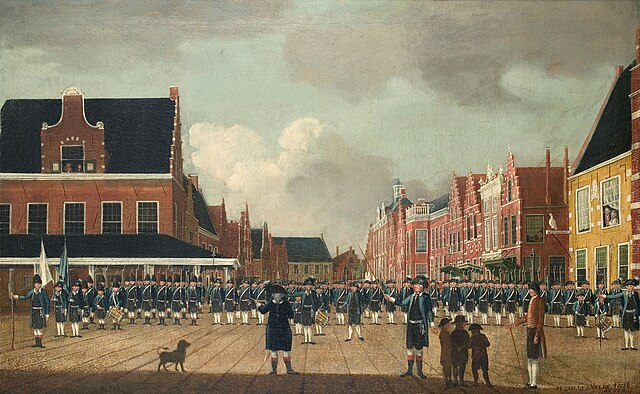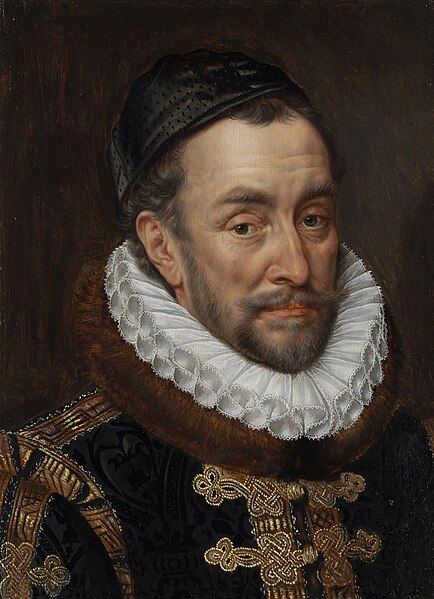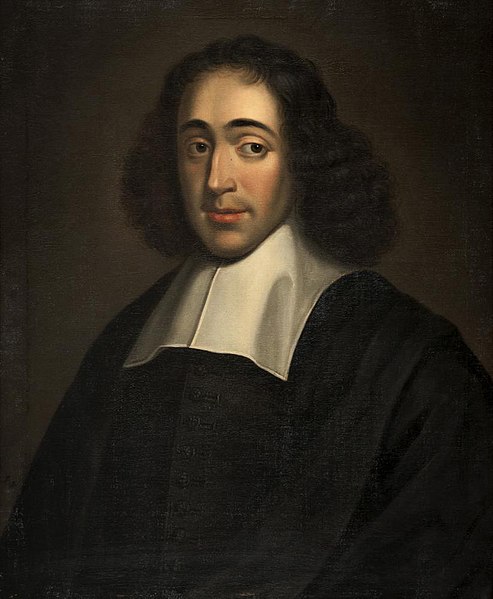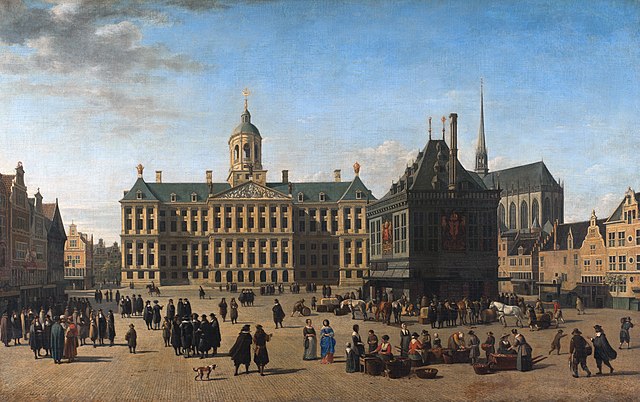The Batavian Revolution was a time of political, social and cultural turmoil at the end of the 18th century that marked the end of the Dutch Republic and saw the proclamation of the Batavian Republic.
Patriot troops, 18 January 1795.
The exercitiegenootschap of Sneek.
Beginning of the revolution in Amsterdam, 19 January 1795
Solumn inauguration of a liberty tree on Dam Square in Amsterdam on 4 March 1795.
The United Provinces of the Netherlands, officially the Republic of the Seven United Netherlands, and commonly referred to in historiography as the Dutch Republic, was a confederation that existed from 1579 until the Batavian Revolution in 1795. It was a predecessor state of the present-day Netherlands, and the first independent Dutch state. The republic was established after seven Dutch provinces in the Spanish Netherlands revolted against Spanish rule, forming a mutual alliance against Spain in 1579 and declaring their independence in 1581. It comprised Groningen, Frisia, Overijssel, Guelders, Utrecht, Holland, and Zeeland.
William of Orange, by Adriaen Thomasz Key.
Anonymous portrait of the Dutch philosopher Baruch Spinoza. He was of Portuguese-Jewish origin.
The Amsterdam Stock Exchange, by Job Adriaenszoon Berckheyde
Dam Square in the late 17th century: painting by Gerrit Adriaenszoon Berckheyde








